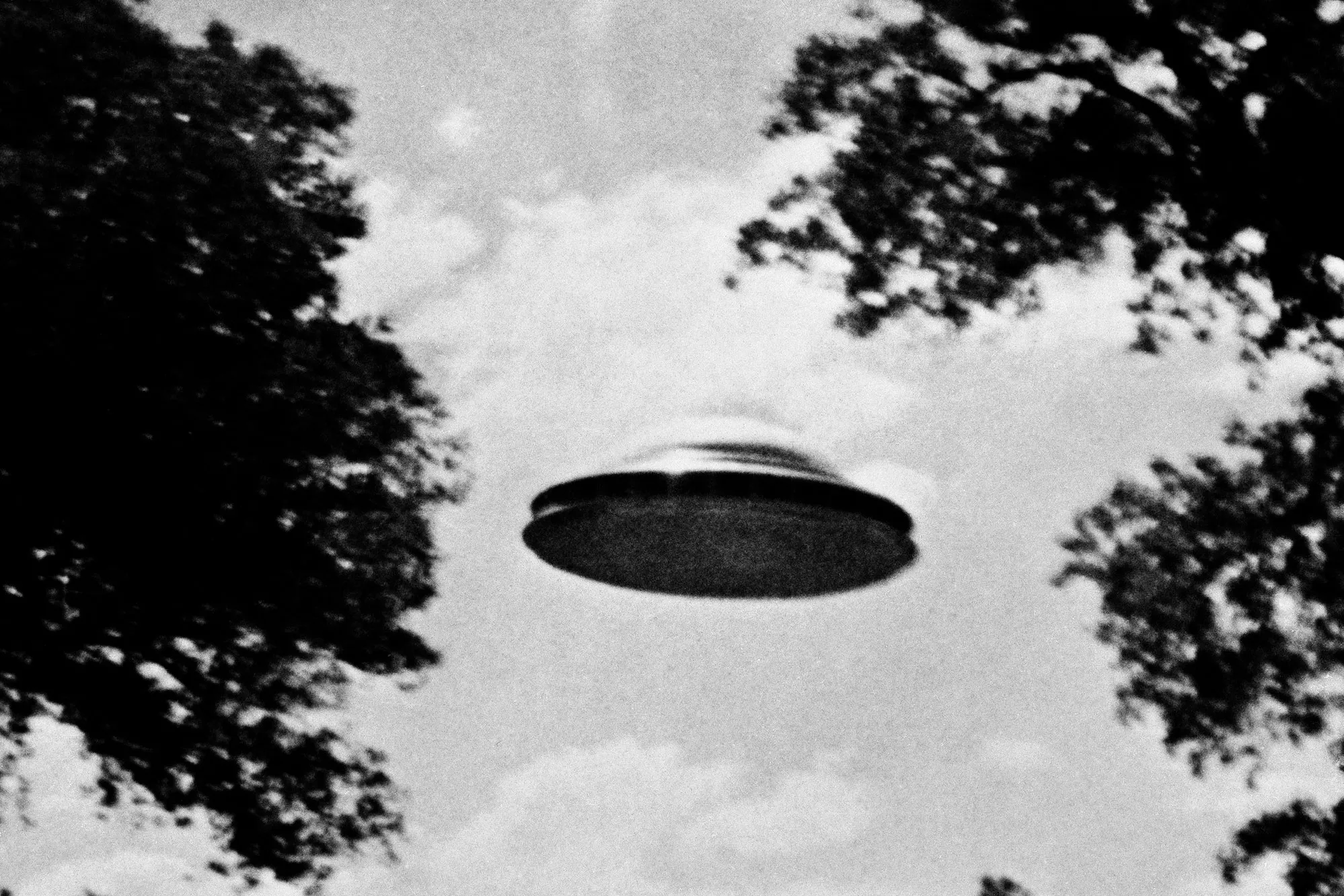vcdiversity.org – For decades, the topic of unidentified flying objects (UFOs) and extraterrestrial phenomena has been shrouded in mystery and speculation. Governments around the world have collected vast amounts of data on these unexplained sightings, much of which has been kept from the public eye. However, in recent years, there has been a significant shift towards transparency, with various countries declassifying and releasing their UFO-related files to the public. This article delves into the world of UFOs declassified, exploring the government files that shed light on extraterrestrial phenomena and the implications of these disclosures.
The United States has been at the forefront of UFO declassification efforts. In 2017, the New York Times revealed the existence of the Advanced Aerospace Threat Identification Program (AATIP), a secretive government initiative that investigated UFO sightings from 2007 to 2012. Although the program was officially defunded, it sparked renewed interest in the topic and led to the release of declassified videos showing encounters between U.S. Navy pilots and unidentified aerial phenomena.
In 2021, the Office of the Director of National Intelligence (ODNI) released a preliminary report on unidentified aerial phenomena (UAPs), acknowledging the existence of 144 incidents where U.S. military personnel encountered unexplained flying objects. The report, while not confirming extraterrestrial origins, noted that some of the sightings exhibited unusual flight characteristics that could not be easily explained by conventional means.
The United Kingdom has also made significant contributions to the UFO declassification movement. The Ministry of Defence (MoD) released a vast archive of UFO-related documents in 2013, which included reports from pilots, police officers, and the general public. These files provided a glimpse into the MoD’s investigations into UFO sightings over several decades, although the ministry maintained that none of the encounters posed a threat to national security or suggested evidence of extraterrestrial life.
France took a proactive approach by creating the GEIPAN (Group for the Study and Information of Unidentified Aerospace Phenomena) within its Space Command. GEIPAN has released numerous reports and data on UFO sightings, aiming to demystify these events through scientific analysis. In 2021, GEIPAN published a study of 1,600 UFO sightings, concluding that 5% of the cases remained unexplained.
Other countries, such as Canada, Australia, and Brazil, have followed suit by declassifying their UFO files. These documents have become invaluable assets for researchers and enthusiasts, offering a glimpse into the types of encounters reported, the methodologies used by governments to investigate these phenomena, and the challenges faced in analyzing and interpreting the data.
The declassification of government files on UFOs has not only fueled public fascination with the possibility of extraterrestrial life but has also raised important questions about transparency, national security, and the scientific study of unexplained aerial phenomena. As more information becomes available, researchers hope to apply new technologies and methodologies to these historical cases, potentially leading to breakthroughs in our understanding of UAPs.
In conclusion, the declassification of government files on UFOs represents a significant step towards a more open dialogue about extraterrestrial phenomena. While these files do not provide definitive proof of alien visitation, they do offer a wealth of data that can be analyzed and discussed in the public domain. As governments continue to release information, the world watches with anticipation, eager to learn more about the mysteries of the skies and the potential for life beyond our planet.
